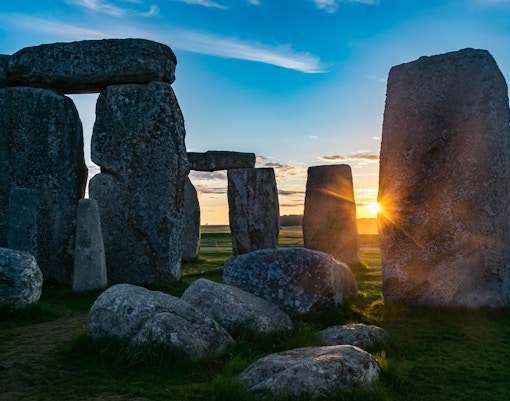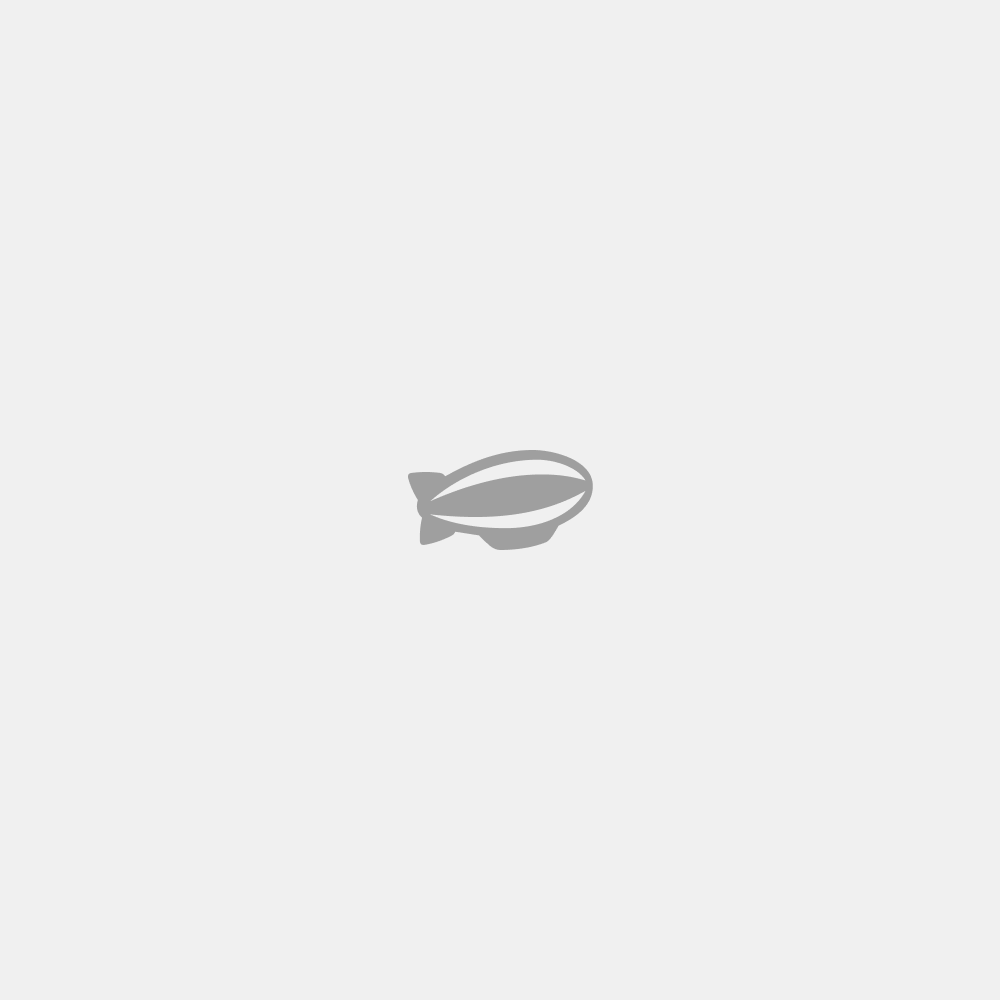One of the greatest ancient monuments in Great Britain, Stonehenge is a powerful testament to the capabilities of our ancestors. This Neolithic site gives us an understanding of the burial, ceremonial, and funeral practices of this era.
Stonehenge and other sites like Avebury and Durrington Walls give us an insight into life during the Neolithic period and Bronze Age. The stone circle is an architectural marvel considering the megaliths were artificially cut and were erected and positioned using interlocking tongue and groove joints, unlike any other monument of the period.







.jpg?auto=format&w=510.8727272727273&h=401.4&q=90&ar=14%3A11&crop=faces&fit=crop)














